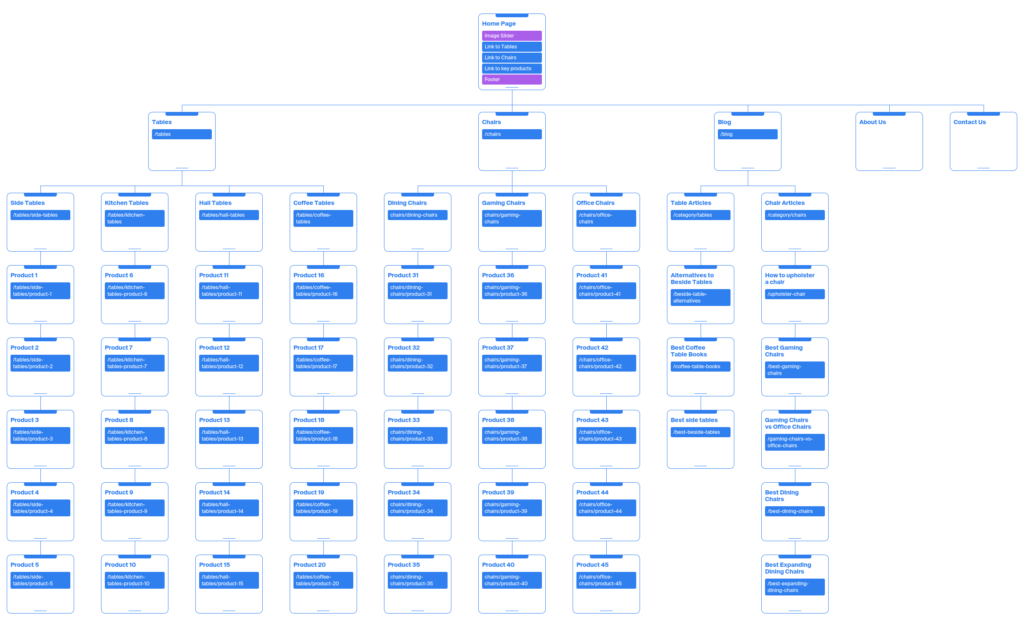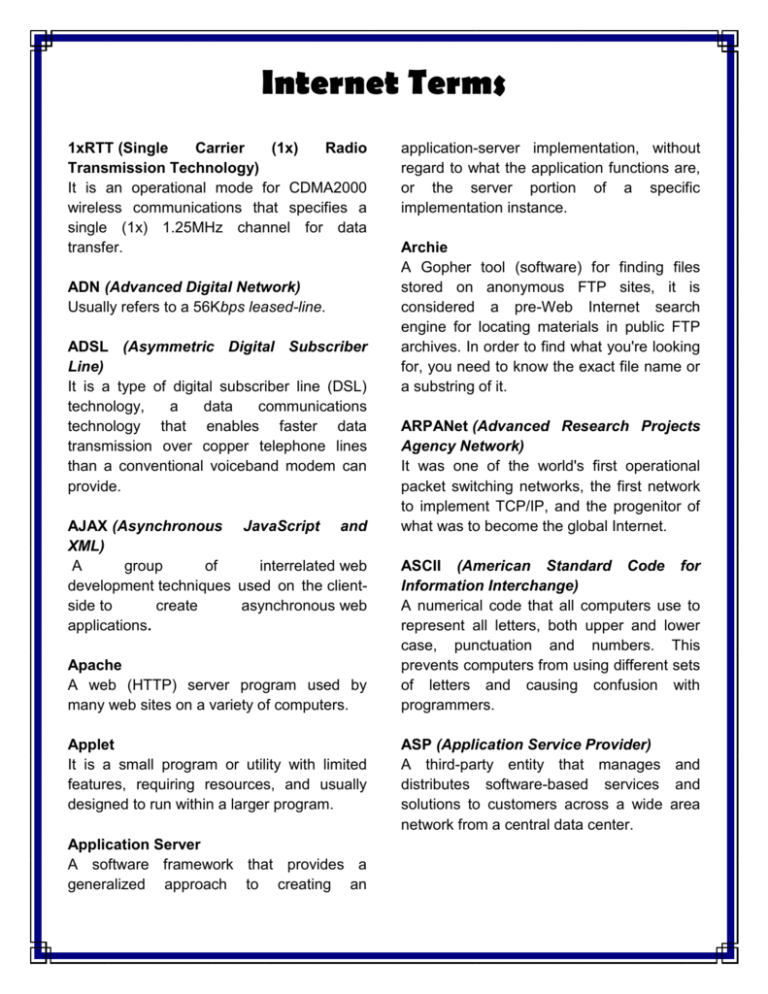
It is crucial to create a mobile app navigation that provides the best guidance for your users and makes their experience enjoyable. To achieve this, make your navigation menu as straightforward as possible. This will encourage users explore the app and make use of its features. You should also ensure that the app's layout is coherent and consistent. A well-thought out mobile app navigation design can help increase your app’s conversion rate and bring in more leads.
To create a mobile app navigation system that works, the first step is to identify your target audience. You can do this by performing a basic A/B test. To discover the most widely used app navigation formats, you can also conduct some research. These formats will help you decide how to design your app navigation.
A mobile app that is intuitive and easy to use will be the best. The transitions should be appropriate for the app's function and should also be very easy to use. To make navigation easier, icons can be used. You should be aware that bright colors can distract from the user.

Designers of apps should ensure that fonts used in navigation bars blend with the main interface. The icons should be easy to recognize. The icons should correspond to the objects being accessed. You can also use captions or labels to indicate the sections of your app. The labels should contain strong symbolism.
You should find the main sections of the app easily with just one hand. You can do this by making use of a swipe navigation pattern. This pattern is also known as a list-type menu. You can also use a flat navigation pattern, which offers the main functions of the app on a single screen.
A popular alternative for mobile app navigation is to use the bottom bar menu. This is an option that can be used for screens without hierarchy. The icons for the bottom bar menu can be easily identified by users. However, the menu shouldn't have more than five icons in one palette. Also, you should avoid text on this navigation bar.
The top bar menu is usually used on screens with a higher level of hierarchy. This is the most common navigation pattern used by apps such as Uber and Google Maps. Other navigation elements can be added to the top bar. Top navigation has the advantage that it is simple to use. The drawback is that the top navigation can make your menubar too long.

Also, you can use a card-based navigation pattern. This popular navigation pattern allows you to display multiple interface elements simultaneously. It is especially useful when you want to display different pieces of information on the same screen. However, many designers have questioned its effectiveness.
FAQ
How much does a website cost?
It depends on what your website is used for. For instance, if you just want to post information about yourself or your business, you might be able to get away with free services such as Google Sites.
If you want to attract more visitors to your website, however, you will need to pay for something stronger.
The best option is to use a Content Management System, such as WordPress. These programs enable you to create a website in no time. This is because the sites are hosted and maintained by third-party companies. You don't have any risk of being hacked.
Squarespace offers a great way to build your website. The plans range from $5 per month up to $100 per month depending on what content you want to put on your site.
How do I create a free website?
This will depend on the type and purpose of your website. Do you want to sell online products, start a blog, build a portfolio, or both?
It is possible to create a basic website with HTML and CSS (a combination HyperText Markup Language & Cascading Style sheetss). You can create a simple website with HTML and CSS. But most web developers recommend using a WYSIWYG editor (such as Dreamweaver, Frontpage).
If you don't have experience designing websites, hiring a freelance developer might be the best option. They can help you create a custom website based on your needs.
Freelance developers can charge either an hourly or a flat fee. The amount of work they do within a certain time frame will affect the cost of hiring a freelancer.
For example, some companies charge $50-$100 per hour. For larger projects, rates are usually higher.
A lot of freelance websites offer job listings. It is possible to search on these websites before reaching out directly to potential developers.
What Should I Include In My Portfolio?
These things should make up your portfolio.
-
Example of your work.
-
If possible, links to your site
-
These are links to your blog.
-
Here are some links to social media pages.
-
You can also find links to other designers' portfolios online.
-
Any awards you have been given.
-
References.
-
Samples of your work.
-
These links will help you communicate with clients.
-
Here are some links to show that you're eager to learn new technologies.
-
Links showing that you're flexible.
-
Links that show your personality
-
Videos showing your skills.
Statistics
- In fact, according to Color Matters, a signature color can boost brand recognition by 80%. There's a lot of psychology behind people's perception of color, so it's important to understand how it's used with your industry. (websitebuilderexpert.com)
- Did you know videos can boost organic search traffic to your website by 157%? (wix.com)
- The average website user will read about 20% of the text on any given page, so it's crucial to entice them with an appropriate vibe. (websitebuilderexpert.com)
- Is your web design optimized for mobile? Over 50% of internet users browse websites using a mobile device. (wix.com)
- When choosing your website color scheme, a general rule is to limit yourself to three shades: one primary color (60% of the mix), one secondary color (30%), and one accent color (10%). (wix.com)
External Links
How To
Drupal 7: How to Use It for Web Design
Drupal is one of most well-known Content Management Systems (CMS), available today. It was created by Dries Buytaert, a Belgian developer. The name derives its name from Dirk Buijtewaard's and Pierre d'Herbemont's initial letters. Drupal was open-sourced in 2005. Many versions of the CMS have been developed since then. Drupal is widely used today by companies and websites around the globe.
Drupal is very popular with website owners for several reasons. First, it is free to download and install. It's also very easy to customize it and extend it. Third, it is very well documented. Fourth, it provides great support through forums and IRC channels. It can also be extended with modules. Sixth, it supports multiple language versions. It is easy to customize. Eighth, it can be scaled. It is also secure. Tenth, its reliability is assured. It is also supported by the community. Drupal is a good choice for your next project due to all of these factors.
You might wonder what makes Drupal stand out from other CMS platforms. It's easy. Drupal is an open-source content administration system. Drupal is completely free and can be downloaded freely. Drupal gives you total control over your website. You can add or remove pages, change colors, fonts, images, videos, etc.
If you want to create a website but lack technical skills, then you can choose Drupal. Drupal, unlike other CMS, doesn't require you to know programming to build your website. You only need to know how Drupal works. Once you have learned how to use Drupal, you can modify your website as it suits your needs.
Another benefit of using Drupal is its many pre-built themes and plugins. These plugins help you to enhance your site's functionality. For example, you can use the Contact Form module to collect contact information from visitors. Google Maps also allows you to display Google Maps on your website. There are thousands of ready-made templates that come with Drupal. These templates give your website a professional look.
Moreover, Drupal is highly flexible. You can add new modules and even replace existing ones without worrying about compatibility issues. It's easy to integrate social media on your website. You can also set up RSS feeds, e-mail subscriptions, and more.
Drupal's flexibility is also a plus. You can add custom fields and forms, manage users, and more. You can also create complex layouts with Drupal.
Drupal is also reliable and sturdy. It is stable and can scale. It has excellent security features. So if you're looking for a good web development platform, then Drupal is worth considering.